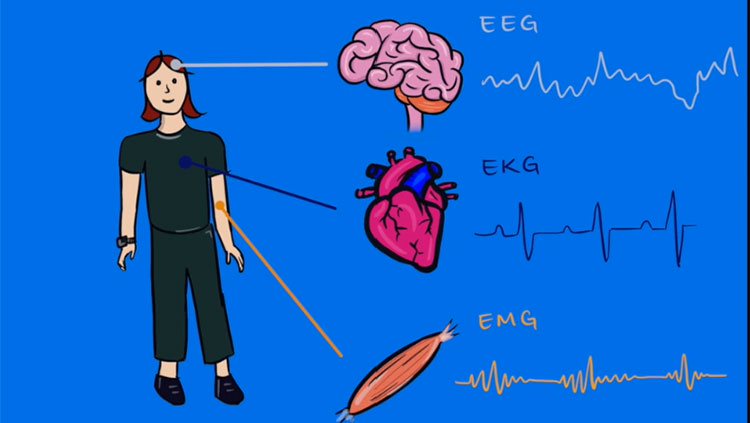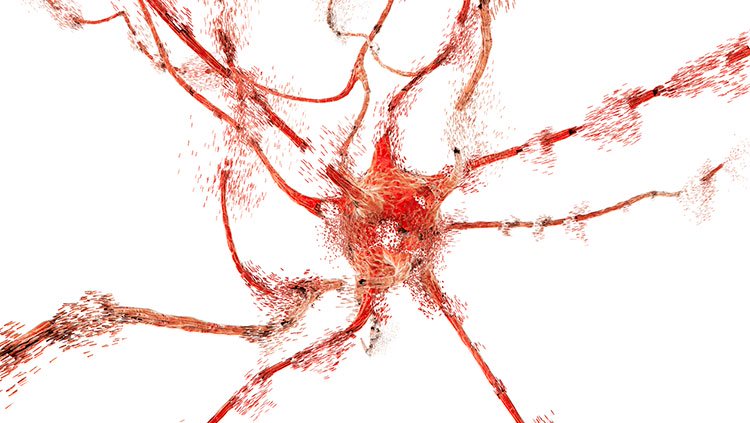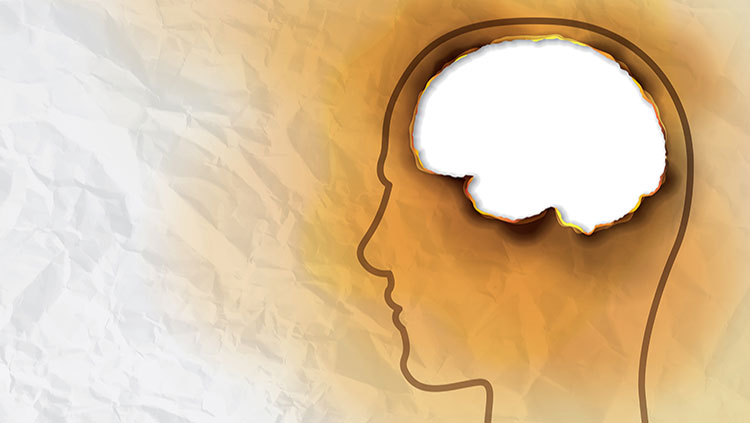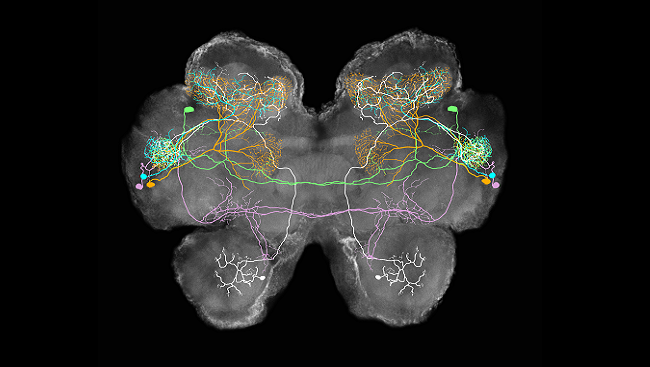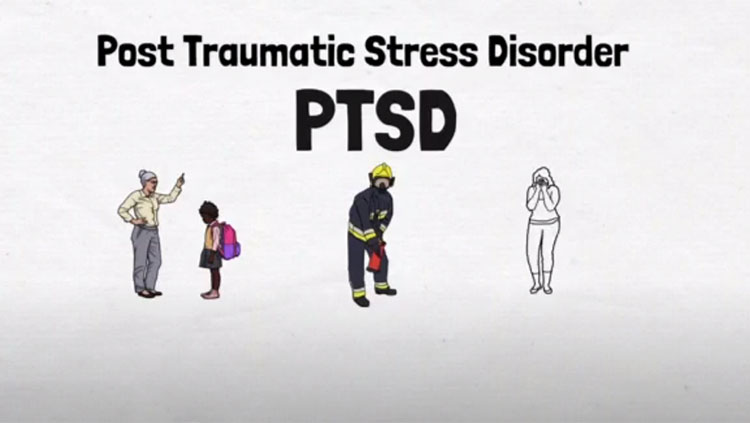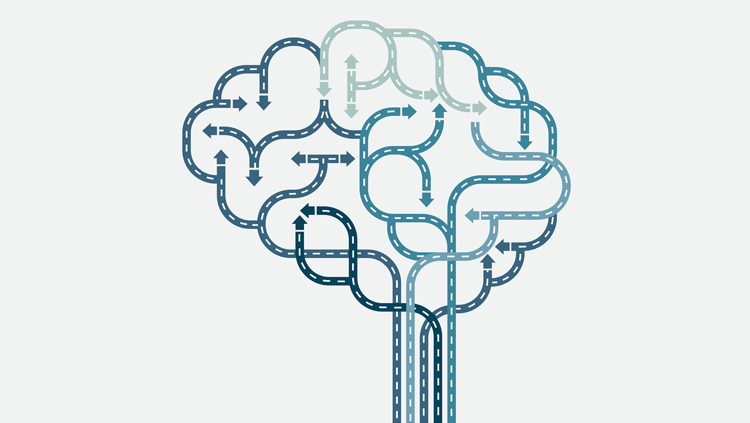Filter
-
(1)
-
(1)
-
-
(15)
-
(12)
-
(5)
-
-
(7)
-
(44)
-
(56)
-
(4)
-
(1)
-
(3)
-
(4)
-
(7)
-
(3)
-
(5)
-
(2)
-
(11)
-
(5)
-
(2)
-
(1)
-
(1)
-
(1)
-
(2)
-
(1)
-
(1)
-
(4)
-
(4)
-
(1)
-
(1)
-
(5)
-
(1)
-
-
(70)
-
(1)
-
(19)
-
(23)
-
(6)
-
(23)
-
-
(14)
-
(6)
-
(54)
-
(3)
-
(5)
-
(6)
-
(30)
-
(9)
-
(2)
-
(8)
-
-
(459)
-
(150)
-
(90)
-
(208)
-
(32)
-
(74)
-
(1)
-
-
(12)
-
(3)
-
(4)
-
(5)
-
-
(3)
-
(3)
-
-
(72)
-
(13)
-
(8)
-
(6)
-
(49)
-
(17)
-
-
(13)
-
(13)
-
-
(24)
-
(7)
-
(17)
-
(1)
-
(3)
-
-
(7)
-
(21)
-
(52)
-
(2)
-
(13)
-
(13)
-
(2)
-
(26)
-
(5)
-
-
(398)
-
(40)
-
(22)
-
(8)
-
(40)
-
(12)
-
(16)
-
(44)
-
(128)
-
(63)
-
(1)
-
(96)
-
-
(37)
-
(2)
-
(1)
-
(65)
-
(3)
-
(30)
-
(11)
-
(8)
-
(27)
-
-
(12)
-
(5)
-
(32)
-
(12)
-
(8)
-
(5)
-
(5)
-
(5)
-
-
(19)
-
(5)
-
(5)
-
-
(8)
-
(6)
-
(1)
-
(5)
-
-
(443)
-
(205)
-
(107)
-
(15)
-
(125)
-
-
(29)
-
(9)
-
(8)
-
(12)
-
-
(13)
-
(3)
-
(8)
-
(6)
-
(2)
-
-
(53)
-
(4)
-
(5)
-
(13)
-
(12)
-
(2)
-
(32)
-
-
(31)
-
(3)
-
(31)
-
-
(5)
-
(5)
-
(54)
-
(3)
-
(36)
-
(3)
-
(11)
-
(1)
-
(11)
-
-
(23)
-
(4)
-
(11)
-
(6)
-
(2)
-
(3)
-
-
(23)
-
(3)
-
(3)
-
(19)
-
-
(335)
-
(65)
-
(99)
-
(78)
-
(54)
-
(33)
-
-
(7)
-
(1)
-
-
(9)
-
(6)
-
(6)
-
-
(13)
-
(7)
-
(24)
-
(17)
-
(5)
-
(1)
-
(1)
-
(3)
-
(1)
-
-
(2)
-
(2)
-
-
(1)
-
(1)
-
-
(39)
-
(17)
-
(24)
-
(1)
-
(4)
-
-
(3)
-
(3)
-
-
(8)
-
(3)
-
(8)
-
(1)
-
-
(23)
-
(11)
-
(11)
-
(4)
-
(16)
-
-
(18)
-
(8)
-
(4)
-
(2)
-
(7)
-
-
(49)
-
(17)
-
(9)
-
(11)
-
(4)
-
(11)
-
-
(673)
-
(34)
-
(93)
-
(40)
-
(90)
-
(114)
-
(34)
-
(36)
-
(126)
-
(12)
-
(75)
-
(34)
-
(51)
-
(26)
-
(13)
-
(146)
-
(23)
-
(73)
-
-
(70)
-
(2)
-
(2)
-
(11)
-
(3)
-
(9)
-
(4)
-
(29)
-
(6)
-
(9)
-
(7)
-
-
(1)
-
(1)
-
-
(13)
-
(4)
-
(3)
-
(1)
-
(6)
-
-
(631)
-
(37)
-
(197)
-
(43)
-
(242)
-
(6)
-
(6)
-
(90)
-
(35)
-
(6)
-
(84)
-
(16)
-
(96)
-
(64)
-
(100)
-
(139)
-
(65)
-
(9)
-
(10)
-
(27)
-
(48)
-
(14)
-
(25)
-
(104)
-
(19)
-
(1)
-
(78)
-
(12)
-
(1026)
671 - 680 of 1209 results
-
Neuroscience tools can showcase biological patterns, helping us detect information to learn more about ourselves and our health.
-
Like a gardener pruning a tree, the brain removes excess neurons and synapses to become more efficient.
-
The risks of antidepressants during pregnancy are minimal — and they pale in comparison to the risks of not treating depression.
-
Scientists are studying the brains of tadpoles to understand how neural circuits develop and absorb information from the surrounding environment.
-
Autopsies of American football players’ brains built our current understanding of the hazards associated with repeated blows to the head.
-
Learning new information isn’t quite so easy as popping in headphones and passively listening to taped lectures while you slumber — not yet, anyway.
-
Historically associated with combat veterans, PTSD symptoms occur in people with vastly different experiences, including those whose jobs rarely take them away from a desk.
-
How does the brain track smells? Scientists use the olfactory system in insects to study how the brain responds to and processes different odors.
-
For those with PTSD, a stressor linked to a memory of a harrowing, traumatic event produces a grave sense of danger or fear — inducing a pronounced fight-or-flight response.
-
The entorhinal cortex gives us memory, the perception of time, and helps us navigate.


